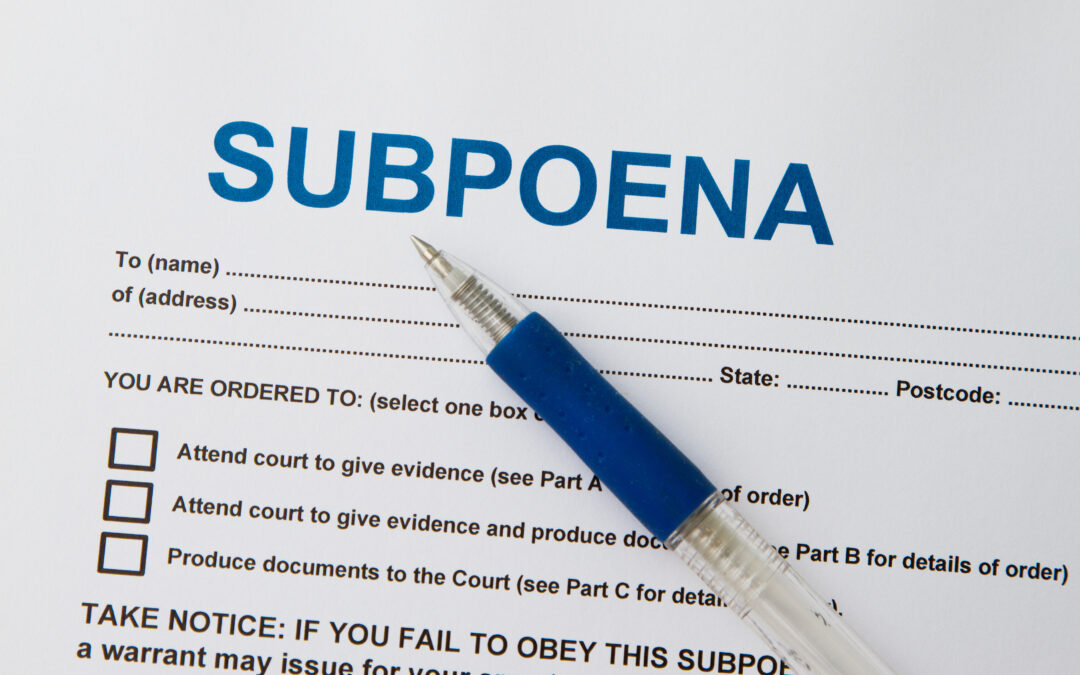On August 8, 2020, President Trump issued an executive memorandum to the Secretary of the Treasury under the subject line of “Authorizing the Other Needs Assistance Program for Major Disaster Declarations Related to Coronavirus Disease 2019” (the “Memorandum”). A full copy of the Memorandum may be found here. Below is a brief summary of what healthcare providers and their practices should know about the Memorandum:
In the Memorandum, the President directed the Secretary of the Treasury to defer the withholding, depositing, and payment of the 6.2% Social Security tax for the period of time between September 1, 2020, and December 31, 2020, for any employee making less than $4,500 on a bi-weekly pay period or an equivalent amount on any period. Additionally, a section of the Memorandum ordered the Secretary of the Treasury to “explore avenues” to forgive the deferred tax. There does not appear to be specific authority for the President to waive taxes imposed by law. However, it is not an order to forgive the tax, merely an order to sort out a way to avoid having to collect the tax. Unless the Secretary of the Treasury develops such an avenue, taxpayers should plan on having the tax collected sometime in 2021.
Accordingly, for the period of time between September 1, 2020, and December 31, 2020, there should be no requirement that employers withhold the 6.2% Social Security tax for any employee who makes less than $4,500 every two weeks. The Secretary of the Treasury is required to develop guidelines for the implementation. The Secretary of the Treasury has not yet released this guidance, which could affect how an employer handles the deferment.
The Memorandum directs the Secretary of Homeland Security, through FEMA, to utilize FEMA’s Disaster Relief Fund (“DRF”) and asks the state governments to use their Coronavirus Relief Fund (“CRF”) to continue the federal supplemental unemployment benefits that ended July 31, 2020.
Under current law, the President has the authority to provide financial assistance to an individual or household for “other necessary expenses or serious needs resulting from the major disaster.” However, the law limits the federal government to providing 75% of the total financial assistance, with state governments providing the other 25%. The Memorandum directs FEMA to provide $300 in “lost wages assistance” and requests state governments to provide $100 in “lost wages assistance” for a total of $400 in assistance, in place of the expired $600 per week benefit provided for in the CARES Act.
This new benefit is not automatic. In order for a state to receive this assistance, the state’s governor must: (1) request a grant from FEMA, (2) agree to the cost-sharing arrangement, and (3) administer delivery of the financial assistance through the state’s unemployment insurance system. Furthermore, in order for a person to qualify to receive the “lost wages assistance” they must: (a) receive at least $100 a week from unemployment compensation pursuant to various federal laws and (b) provide self-certification that the person is unemployed or partially unemployed due to COVID-19. The “lost wages assistance” program will end when one of the following occurs: (i) the DRF runs out of funds, (ii) December 6, 2020, or (iii) legislation is enacted providing similar supplemental federal unemployment compensation.
The Tennessee Department of Labor has not yet stated whether it will be accessing these funds, but recently stated: “The Tennessee Department of Labor and Workforce Development is evaluating President Trump’s Executive Order involving unemployment benefits. The Department is also awaiting guidance from the United States Department of Labor concerning the rules and conditions of implementation of the program outlined in the Executive Order. The Department will actively seek clarity and direction and provide updates as they occur.” The Tennessee Department of Labor’s Frequently Asked Questions can be accessed here.
The COVID-19 pandemic and response is an evolving situation. All levels of government are engaged in the process of preparing new legislation, regulations and orders both to stem the spread of the virus and to provide relief to employers and employees. We will continue to monitor the situation and provide updates as applicable, especially as such updates affect healthcare providers and their practices.
For more updates on this topic and other legal updates related to the COVID-19 pandemic, please visit our COVID-19 Legal Resource Page by clicking here.


